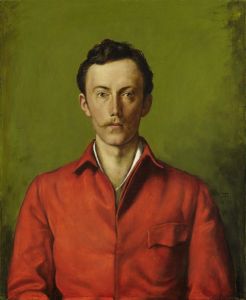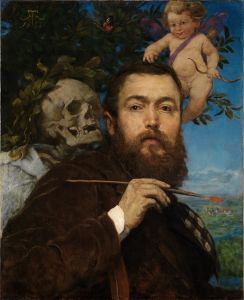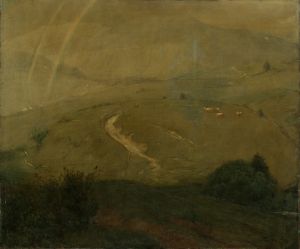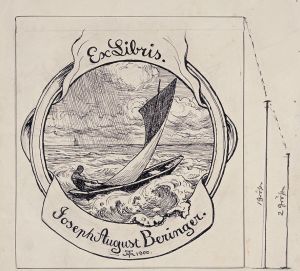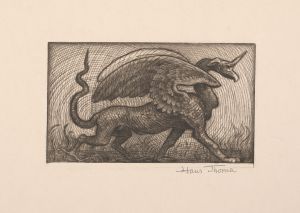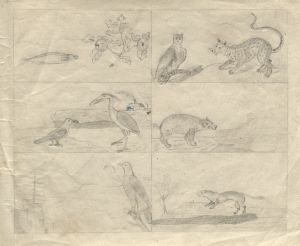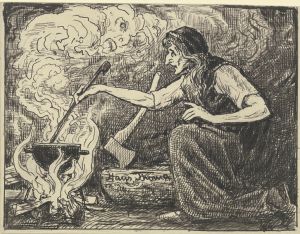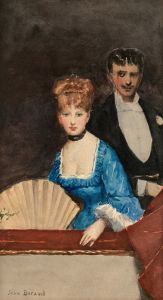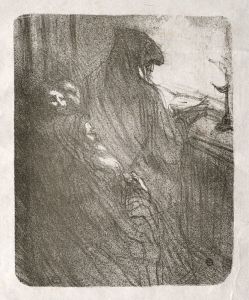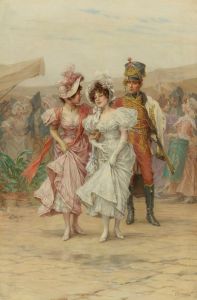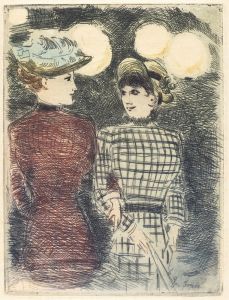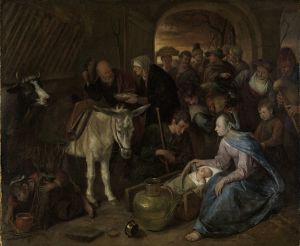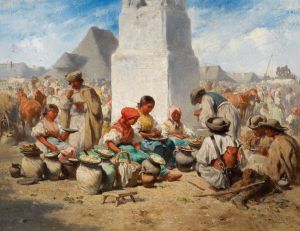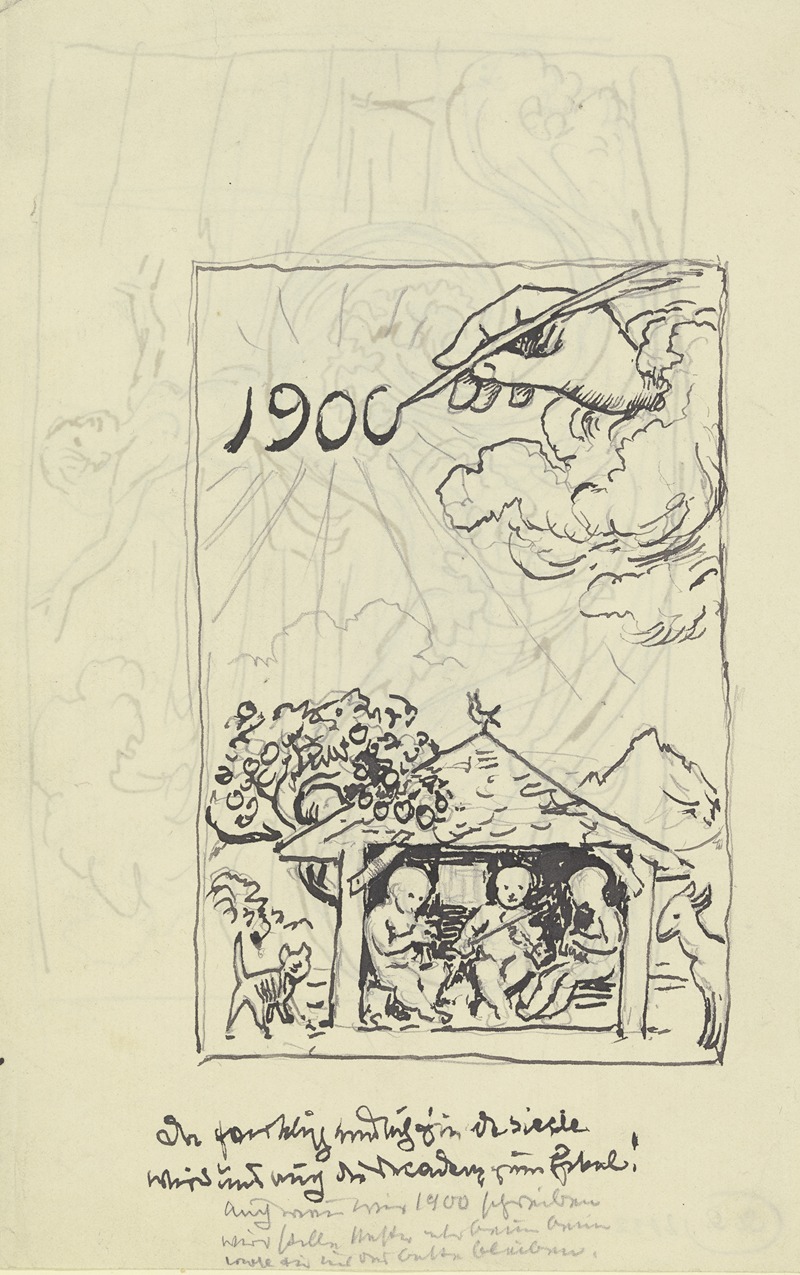
New Year’s Day 1901
A hand-painted replica of Hans Thoma’s masterpiece New Year’s Day 1901, meticulously crafted by professional artists to capture the true essence of the original. Each piece is created with museum-quality canvas and rare mineral pigments, carefully painted by experienced artists with delicate brushstrokes and rich, layered colors to perfectly recreate the texture of the original artwork. Unlike machine-printed reproductions, this hand-painted version brings the painting to life, infused with the artist’s emotions and skill in every stroke. Whether for personal collection or home decoration, it instantly elevates the artistic atmosphere of any space.
"New Year’s Day 1901" is a painting by the German artist Hans Thoma, created in the year 1901. Hans Thoma was born on October 2, 1839, in Bernau in the Black Forest, and he became one of the most significant painters of the 19th and early 20th centuries in Germany. Thoma is known for his detailed and often idyllic depictions of landscapes, portraits, and genre scenes, which often reflect a deep connection to nature and a romanticized view of rural life.
The painting "New Year’s Day 1901" captures a moment of celebration and reflection at the turn of the century. The artwork is characteristic of Thoma's style, which often includes a harmonious composition and a serene atmosphere. The painting likely depicts a scene of family or community gathering, typical of New Year's Day celebrations, though specific details about the subjects and setting are not widely documented.
Thoma's work is noted for its meticulous attention to detail and its use of light and color to create a sense of tranquility and timelessness. In "New Year’s Day 1901," these elements are likely present, contributing to the overall mood of the painting. Thoma's ability to convey emotion and narrative through his compositions is a hallmark of his artistic legacy.
Throughout his career, Hans Thoma was influenced by various artistic movements and styles, including Romanticism and Realism. He studied at the Karlsruhe Academy of Fine Arts and later in Düsseldorf, where he was exposed to the works of the Düsseldorf School of painting. Thoma also spent time in Paris, where he encountered the works of Gustave Courbet and the Barbizon School, which further influenced his approach to landscape painting.
Thoma's reputation grew steadily, and he became a prominent figure in the German art scene. In 1899, he was appointed director of the Karlsruhe Academy, a position he held until 1920. His contributions to art were recognized with numerous awards and honors, and his works were exhibited widely in Germany and beyond.
"New Year’s Day 1901" is part of Thoma's extensive body of work, which includes paintings, drawings, and prints. His art is celebrated for its technical skill, its evocative portrayal of nature, and its ability to capture the spirit of the times. Thoma's works are held in various public and private collections, and he remains an important figure in the history of German art.
Hans Thoma passed away on November 7, 1924, in Karlsruhe, leaving behind a rich legacy of artistic achievement. His paintings continue to be appreciated for their beauty, craftsmanship, and the unique perspective they offer on the world at the turn of the 20th century. "New Year’s Day 1901" stands as a testament to Thoma's enduring talent and his ability to capture the essence of a moment in time.





